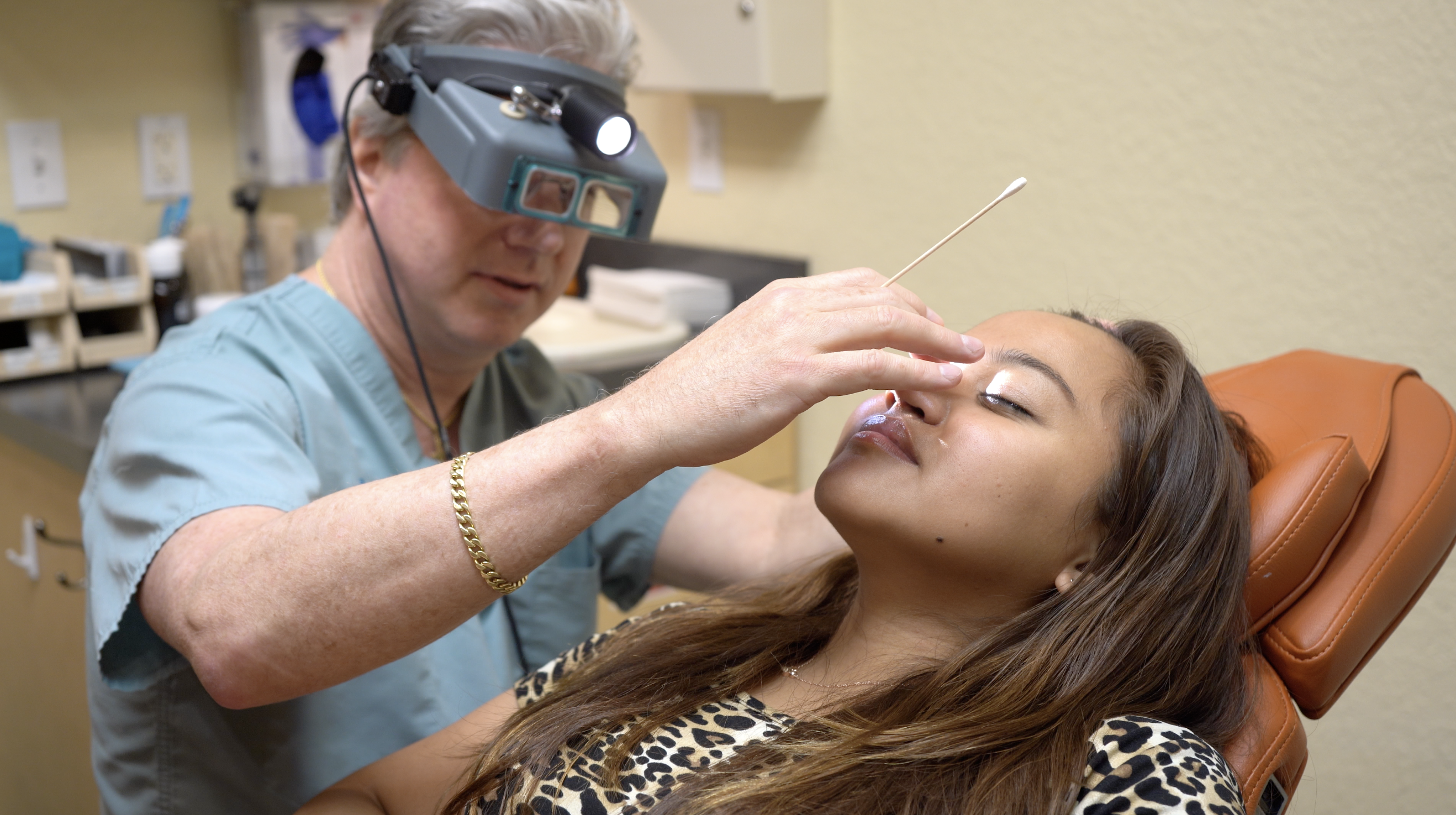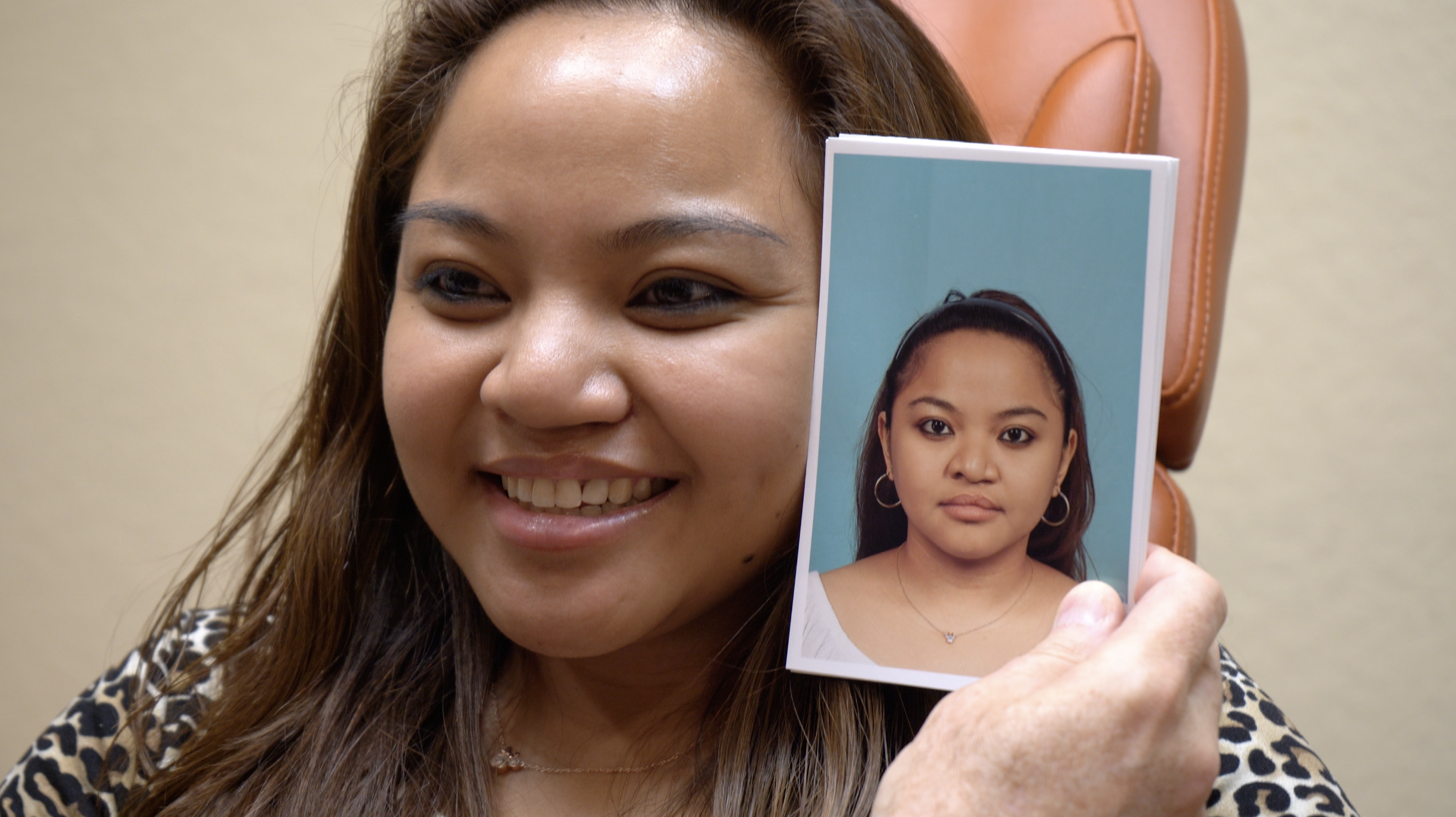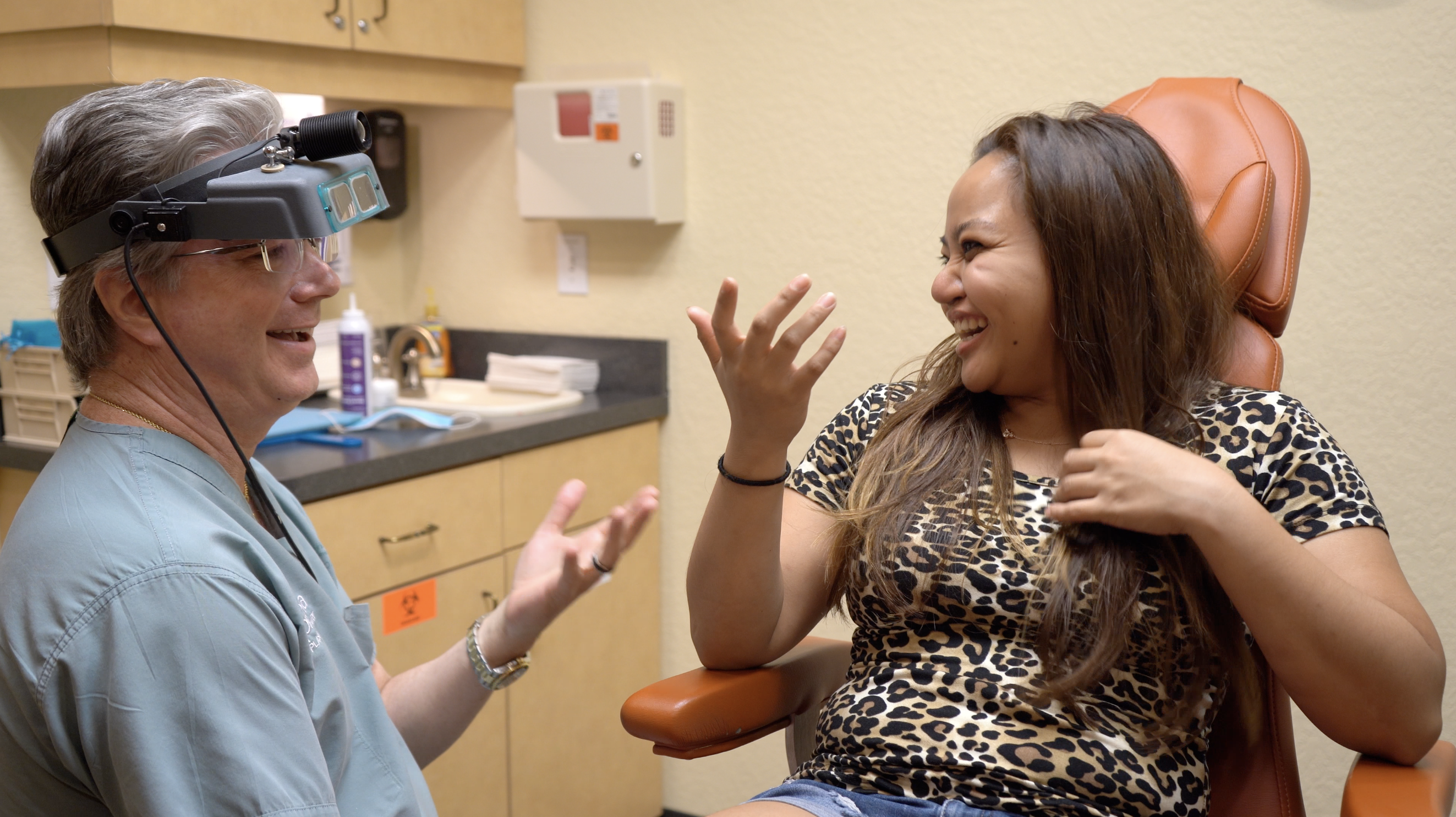- What is cleft rhinoplasty?
- Why is cleft rhinoplasty so complex?
- What is recovery like after the rhinoplasty procedure?
Cleft lip or palate Lip or Palate Repair in adulthood is known to improve self-confidence in patients who elect to have the surgery.
A cleft lip or palate are birth defects that can occur together or separately when the baby’s lip, nose or mouth do not form properly. These vary in severity but are fairly common. According to the Centers for Disease Control (CDC), one in every 1,600 babies are born with a cleft lip and palate. One of every 2,800 infants suffer from a cleft lip alone. Additionally, one in 1,700 babies are born with a cleft palate. Most infants receive reconstructive surgery early on, however, as they grow, they may need additional surgeries to improve the appearance of their face as well as the underlying structures to help them breathe freely.
Secondary surgery in adulthood to correct these birth defects is complex; encompassing both cosmetic and medical reconstruction. Kirsten T. is a cleft rhinoplasty patient of Dr. Edward J. Gross, a double board-certified facial plastic surgeon at Primera Plastic Surgery. Her surgery was a life altering success. Kristen states, “I feel a lot more confident. I’m able to focus more on talking to people. I feel a lot better about myself and I don’t have to hide who I am anymore.”
What is Cleft Rhinoplasty?
Cleft rhinoplasty is a more complex procedure than a “nose job.” Cleft rhinoplasty seeks to reshape the underlying structure and outer tissue of the nose to correct an abnormal appearance due to a cleft palate condition. When infants are born with this condition, surgery is usually done to correct the underlying condition. As the child grows, they may experience an uneven nasal growth due to scarring, resulting in an abnormal shape in the tip of the nose. A secondary rhinoplasty often occurs in the adult patient to further correct the cosmetic appearance of the nose and sometimes the nasal bones and septum so the patient can breathe more freely and comfortably.
Typically, patients seek cleft rhinoplasty to:
- Reshape an uneven nostril or nasal tip
- Straighten a crooked nose
- Improve their profile
- Remove dips or bumps in the nasal bridge
- Change the shape or size of the nose to balance their face
- Improve breathing
Depending upon the patient, a variety of techniques could be used to reshape the nose. The surgery may use graft cartilage or bone to reshape the nose. After the desired changes are complete, the nose is closed with very fine stitches, tape, and, possibly, splint material.
The latest data shows that these types of rhinoplasty procedures benefit the patient by improving the nasal breathing function, improve the patient’s appearance, and result in “less stigmatization from the society.”
Why is Cleft Rhinoplasty So Complex?
 The Journal of the American Medical Association reports, “The cleft nasal deformity seen in patients with unilateral and bilateral cleft lip presents a formidable challenge for the facial plastic surgeon.”
The Journal of the American Medical Association reports, “The cleft nasal deformity seen in patients with unilateral and bilateral cleft lip presents a formidable challenge for the facial plastic surgeon.”
Undergoing rhinoplasty to correct the underlying physical structures and the cosmetic appearance of the face offers a unique challenge to the reconstructive surgeon for several reasons:
- The nose is one of the most visible organs on the face making any surgical procedure risky from an aesthetics perspective
- The cleft lip nasal deformity varies by patient, requiring a variety of surgical techniques suited to the individual
- Prior surgeries may have created scar tissue
- The shape and dimension of the nose varies according to the individual as well as racial and ethnic characteristics
- Because of these challenges, there is no generally accepted best technique; each surgery is individualized
One study stated, “Several techniques have been suggested and plenty of articles have discussed this issue but still there is no consensus on an optimal technique to manage all of the problems.” The success of the cleft rhinoplasty remains in large part dependent upon the skill of the surgeon.
 For many patients, cleft rhinoplasty is the solution to a better quality of life. Adult patients suffering from an abnormal appearance of the nose due to a cleft lip or palate can have an uneven appearance in the nostrils and even deviations in the nasal septum that can cause difficulty breathing as they age. For these patients, there is both a medical and a cosmetic benefit to undergoing a cleft rhinoplasty to correct the condition.
For many patients, cleft rhinoplasty is the solution to a better quality of life. Adult patients suffering from an abnormal appearance of the nose due to a cleft lip or palate can have an uneven appearance in the nostrils and even deviations in the nasal septum that can cause difficulty breathing as they age. For these patients, there is both a medical and a cosmetic benefit to undergoing a cleft rhinoplasty to correct the condition.
For Kirsten, that made selecting the right surgeon very important. She stated, “I am a cleft patient. I was both a medical procedure and a cosmetic procedure, so having Dr. Gross knowing what he’s going to do with both really upped my confidence level.”
When researching surgeons to conduct this delicate operation, Kirsten was well aware of the complexities involved. She stated, “I went to Dr. Gross because he was the best candidate to fix my deformity.”
What is Recovery Like After the Rhinoplasty Procedure?
 Because of the individualized nature of the cleft rhinoplasty, the time spent in surgery and in recovery depends upon the patient. However, in all patients, activity is restricted after the surgery for a few weeks. Many patients take time off from work or school to recover. Generally, after three weeks or so, normal exercise and non-contact sports can be gradually resumed.
Because of the individualized nature of the cleft rhinoplasty, the time spent in surgery and in recovery depends upon the patient. However, in all patients, activity is restricted after the surgery for a few weeks. Many patients take time off from work or school to recover. Generally, after three weeks or so, normal exercise and non-contact sports can be gradually resumed.
Kirsten has a positive experience after the surgery, stating, “Recovery’s been good; I have no problem exercising. My confidence has gone up. People from far away can’t even tell that I’ve had any procedure done.”
Adults suffering from the lingering aftereffects of their cleft palate should recognize they have options to improve their appearance and physical health long after their initial surgeries are over. Like Kirsten, there are many patients that are unhappy with their appearance later on but assume nothing can be done. They may be self-conscious about their appearance and wonder if they have options for further treatment. This is especially true in the cleft patient that was “supposed to” have their condition treated as an infant. Correcting a lingering cleft deformity in the adult patient is infinitely satisfying, both to the patient, who may have been unhappy with how they looked for years, and for their doctor.
This was certainly true for Kristen, who speaks very highly of Dr. Gross and his team, stating, “I definitely would recommend Primera.”

Leave a Reply